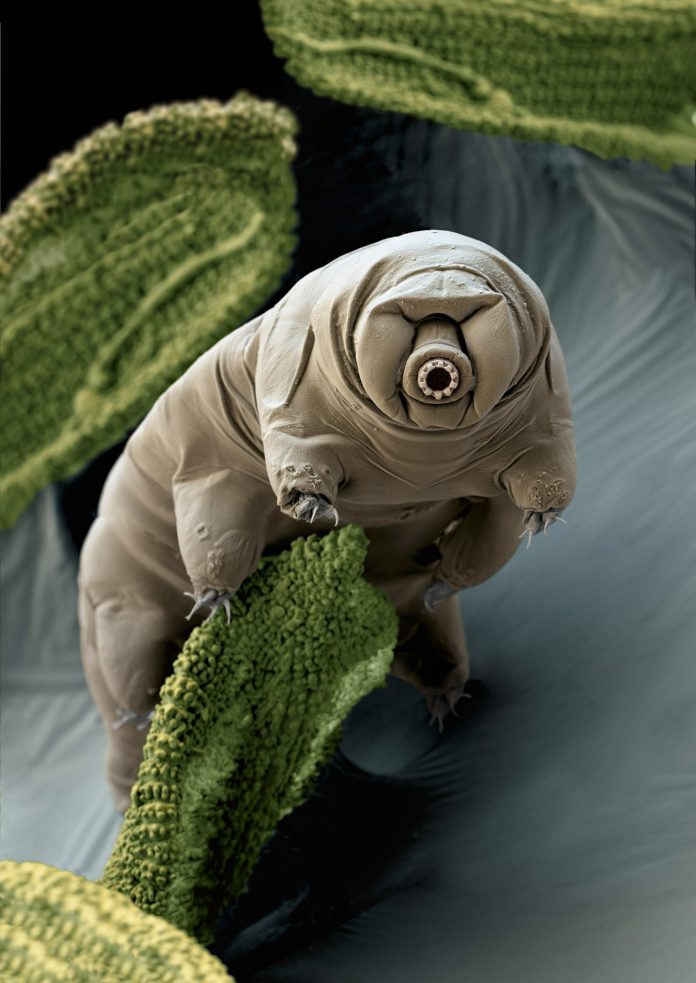
When:
September 17, 2016 @ 2:00 pm – 4:00 pm
2016-09-17T14:00:00-07:00
2016-09-17T16:00:00-07:00
Where:
WET Science Center
500 Adams St
Lincoln, NE 68521
USA
500 Adams St
Lincoln, NE 68521
USA
Cost:
Free
Contact:
Tardigrades (or water bears) are tiny creatures that live just about everywhere: moss, wastewater, hot springs, Antarctic ice, deep-sea trenches, and more. They’re one of the toughest animals on the planet and can survive extreme environments, including the severe cold and radiation of outer space! Hear more shocking facts, see cool photos, and search for tardigrades under the microscope at a 2pm presentation. Water bear crafts all day in the classroom.















































